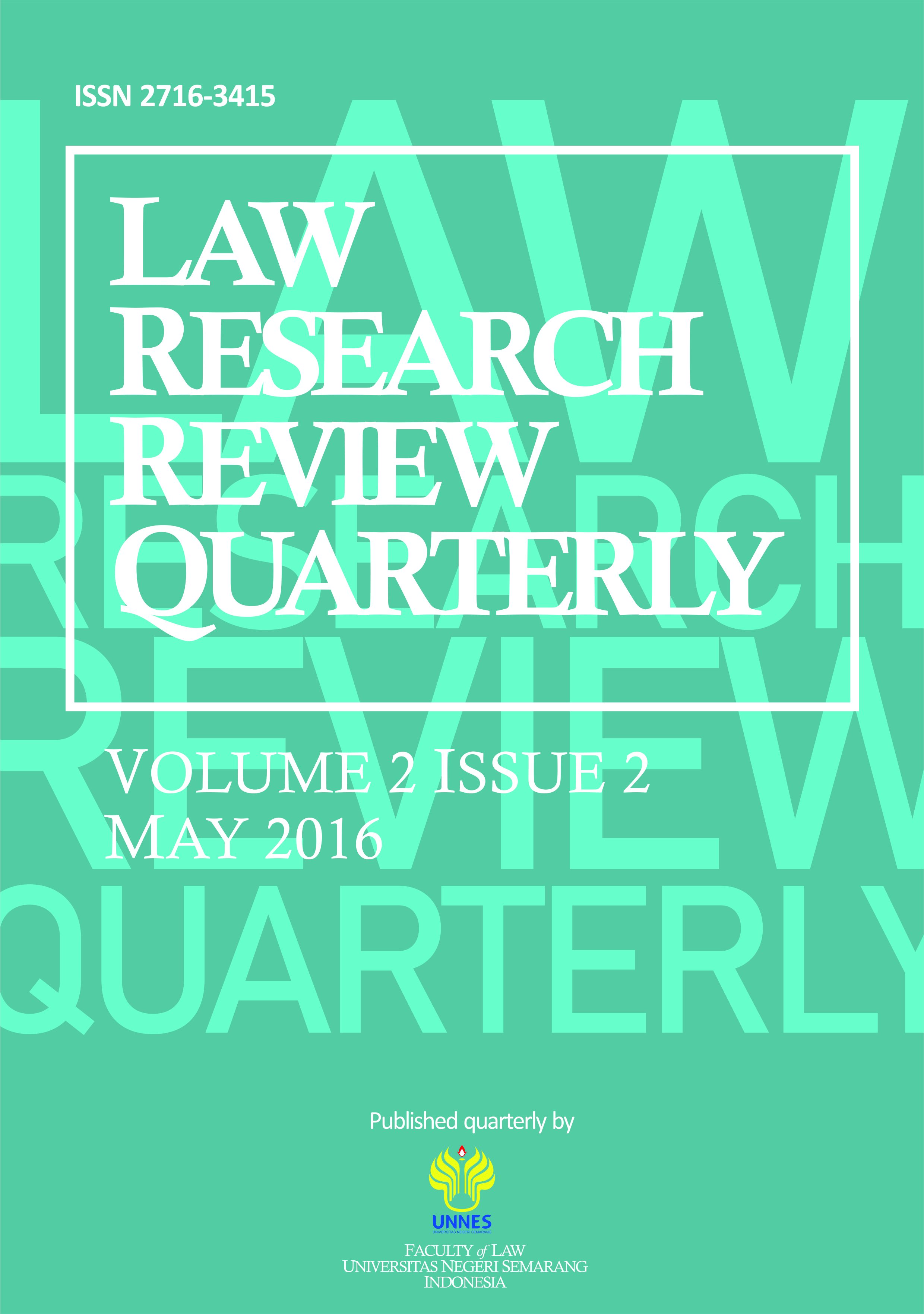Pancasila as a Source of Value for Indonesian Religious Diversity
Main Article Content
Abstract
Indonesia is a plural country, and it can even be said that diversity is multi-dimensional. One of them is in the field of religion and beliefs believed by the Indonesian people. Bhinneka Tunggal Ika is the watchword for the Indonesian people. The words that have long been known in history are a source of national unity. This was continued in the determination of young people who stated in the Youth Oath on October 28, 1928 in Jakarta, which stated that we as a nation. The principle of diversity above, especially in the field of religion is in line with the basic principle in our state of life, namely the First Precept of Pancasila. Moreover, the position of Pancasila as a fundamental norm staat must be made a basic value that animates and covers the legal products in Indonesia, both the Constitution and the legislation below. This has also been done by policy makers both the MPR through its constitution and the Legislative Body (DPR together with the President) through laws, especially those related to the right to embrace religion and worship in accordance with the religion it believes. Therefore the Constitution and the Law as a policy still need follow-up, namely the implementation of the policy. And this implementation is as important as the formulation of the policy itself. The issue is whether the implementation of the principle of tolerance for religious diversity above has already been carried out so as to create harmony in religious life.
Article Details
All writings published in this journal are personal views of the authors and do not represent the views of this journal and the author's affiliated institutions. Author(s) are retain the copyrights of the Article. However, before publishing, it is required to obtain written confirmation from Author(s) in order to ensure the originality (Author Statement of Originality). The statement is to be signed by at least one of the authors who have obtained the assent of the co-author(s) where applicable.This work licensed under a Creative Commons Attribution-ShareAlike 4.0 International (CC BY-SA 4.0)
